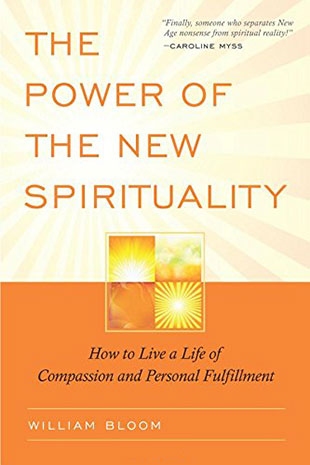"What follows now is a list I have put together of the different 'Gateways' and circumstances in which many people most easily experience their spiritual connection. They appear in no particular order, except alphabetical. You may not relate to them all.
"Look through the entries and see which of them resonates with your own experience. Do not be concerned about whether or not your sense of connection with the magic of life is loud and obvious. Your heart and consciousness may be touched only lightly. The experience may be very subtle.
"As you remember which circumstances work for you, pause and remember your feelings and thoughts at the time.
| angels | animals | architecture |
| aroma | art | being with a beloved |
| birth | building | caring |
| celebrating | ceremony | chant |
| contemplation | cooking | crafts |
| crisis and suffering | dance | death |
| divination | drumming | entertaining |
| flow at work | food | gardening |
| geometry and math | healing | helping |
| hobbies | humor | landscape |
| lovemaking | martial arts | meditation |
| movement | music | parenting |
| passage of the seasons | pilgrimage | poetry |
| prayer | project successfully completed | psychic experiences |
| reading | risk | sacred space |
| sharing | song | sound |
| sport | study | suffering |
| teaching | theater | touch |
| walking | work | writing |
"You can see here that we are liberating spiritual experience and spirituality from the idea that it happens only in religious or sacred circumstances. It may indeed be the case that prayer or religious singing touches your heart and opens you to the wonder of creation, but it may equally be the case that just sitting there watching television is also a circumstance that works as a helpful gateway for you. Certainly in my life I experience moments of connection and heartfelt awareness when I am watching television with my family.
I am not here promoting television as a spiritual practice, but I am saying that it is useful to liberate ourselves from fixed ideas about what is and what is not spiritual. It is not the thing in itself that matters — prayer or television, temple or shopping mall — it is what happens in our hearts and awareness that is important.
"But not only are there many different circumstances in which we may experience spirituality, there are also different styles, and we need to be aware of them because these differences can sometimes create confusion and conflict.
"You may be moved by music or dance, but what is the style of music you enjoy and in what way do you engage with it? Singing Gregorian chants has a very different contemplative style from emotional gospel singing or tribal chanting. A Tibetan Buddhist monk might be very comfortable with the atmosphere of Christian monastic chant, and vice versa, but neither of these contemplative styles might be comfortable with the noise of a more exuberant form of worship, whether it be Christian, Jewish, or Hare Krishna.
"I have not developed a classification of different spiritual styles, but it is obvious that there are different styles and it is good to be aware of them, because otherwise they may stimulate cultural prejudices and personality clashes. Meditators may be wary of the noisy and joyful. If you prefer a physical style, such as dance or martial arts, you may dislike the more studious approaches, just as people who connect through service and healing may distrust those who prefer isolation.
"It is also good for us to stretch our repertoire and taste different styles. It might be useful for a dignified meditator to try out wild dancing, just as it might be good for a wild dancer to experiment with being still."
